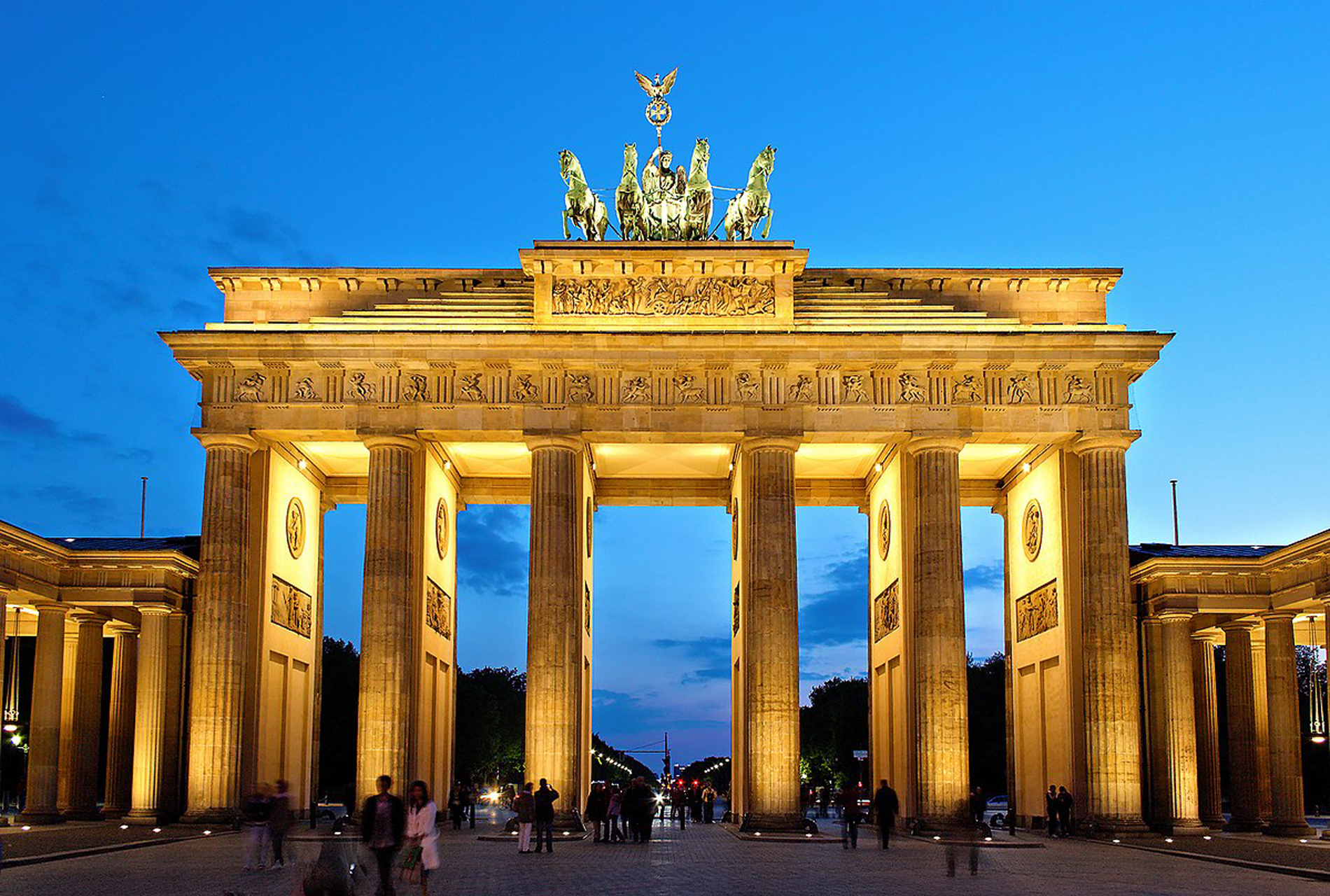

The term “acropolis” means “high city” in Greek and can refer to one of many natural strongholds constructed on rocky, elevated ground in Greece, but the Acropolis of Athens is the best known. Made of limestone rock that dates to the Late Cretaceous period when dinosaurs still roamed the earth, the Acropolis is located on the Attica plateau of Greece and includes four hills: • Likavitos Hill • Hill of the Nymphs • The Pynx Hill • Philapappos Hill • The Acropolis flat top is the result of thousands of years of construction beginning as far back as the Bronze Age. • There’s no recorded history of what happened at the Acropolis before the Mycenaeans cultivated it during the end of the Bronze Age. Historians believe the Mycenaeans built a massive compound surrounded by a great wall (almost 15 feet thick and 20 feet high) on top of the Acropolis to house the local ruler and his household. • Years later, the Athenians built a Doric temple made of limestone, known as Bluebeard Temple, on the northeast side of the hill in honor of the goddess Athena in the sixth century B.C. It was named after a sculpture that adorned the building that depicted a man-serpent with three blue beards. • Another temple dedicated to the Athena was also erected in the same century, as was a shrine to Artemis Brauronia, the goddess of expectant mothers in Greek mythology. In 480 B.C., the Persians attacked again and burned, leveled and looted the Old Parthenon and almost every other structure at the Acropolis. To prevent further losses, the Athenians buried the remaining sculptures inside natural caves and built two new fortifications, one of the rock’s north side and one on its south. Golden Age of the Acropolis If the Acropolis was impressive during the Mycenaean Civilization, it was nothing short of spectacular during the Golden Age of Athens (460 B.C. to 430 B.C.) under the rule of Pericles when Athens was at its cultural peak. Determined to bring the Acropolis to a level of splendor not seen before, Pericles initiated a massive building project that lasted 50 years. Under his direction, two well-known architects, Callicrates and Ictinus, and renowned sculptor Phidias helped plan and execute the Pericles’ plan. Pericles didn’t live long enough to see his entire Acropolis vision come true, but temple builders and architects continued working until they completed the project. The southern and northern walls were rebuilt and some of the most iconic structures in the world were constructed such as: The Parthenon: An enormous Doric-style temple that remains the star attraction of the Acropolis. It featured ornate sculptures and housed a spectacular statue of the goddess Athena. The Propylaea: A monumental entryway to the Acropolis that included a central building and two wings, one of which was covered with elaborately painted panels. The Temple of Athena Nike: A small Ionic-style temple located to the right of the Propylaea built as a shrine to Athena Nike.
| 1 | Builder | : | Iktinos and Kallicrates | ||
|---|---|---|---|---|---|
| 2 | Old | : | 2,460 years old | ||
| 3 | Area | : | 3 hectares (7.4 acres) | ||
| 4 | Length | : | 270 meters (885 feet) | ||
| 5 | Height | : | 150 m (490 ft) | ||
| 6 | Width | : | 156 meters (512 feet) |

The Brandenburg Gate is an 18th-century neoclassical monument in Berlin, built on the orders of Persian king Frederic William II after the temporary restoration of order during the Batavian Revolution.
Read More